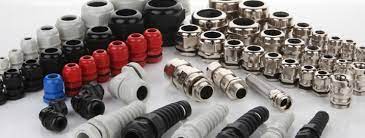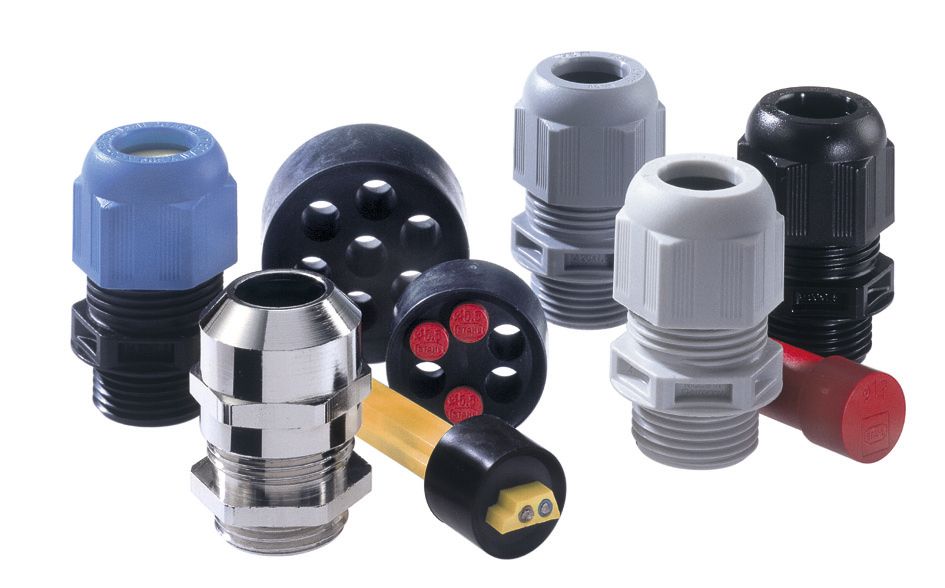
The cable gland is an essential component of electric infrastructure and panel assemblies where wires must be attached and protected.
It is possible to find cable glands in almost any industry that uses electrical equipment of some kind.
In layman’s terms, cable glands are mechanical cable entry modules used to secure electrical cables to equipment. Cable glands are used mainly for the following purposes:
- Connector protection: Cable glands seal the outer cable sheath, protecting the electrical enclosure and wiring from dust, dirt, moisture, and other factors that may compromise its performance.
- Cable tension relief: The cable gland secures the cable to the installation and locks it into place. It provides resistance to twisting and pulling forces so that the cable does not break.
The main difference between cable gland designs is their material. They are commonly made of the following materials:
- Metals: These include stainless steel, aluminium, and nickel-plated brass. Stability, durability, electrical and thermal conductivity are some of the critical benefits of this material. IT, medical and chemical industries are some examples of potential applications.
- Plastics: Plastic cable glands typically have a claw and seal design and are made of polyamide or nylon. They possess high adaptability and resistance to various corrosive elements, saltwater, weak acids, and grease, making them an excellent choice for multiple industries such as telecommunications, marine, and flex cable applications.
Today, our blog will feature a few of the most popular plastic cable glands available based on thread type.
Related – Is Using A Plastic Cable Gland A Good Choice?
Let’s begin right away.
- Metric Connection Thread: Installing and assembling these plastic cable glands is relatively straightforward. They are designed to be used in general applications such as electrical and mechanical equipment, control, automation, and manufacturing equipment. Besides having an integrated anchorage, they feature an extensive sealing and clamping range.
- PG Connection Thread: These plastic glands can withstand temperatures as low as -20 °C and as high as 100 °C. The trapezoidal thread ensures a tight and permanent fit of the dome nut, making it gas and watertight.
- NPT (National Pipe Thread) – A seal and clamp system of the conical NPT thread allows the cord connector to tighten in a circular pattern on the sealing ring to provide superior strain relief without twisting or damaging the cable. Almost every setup with moving or rotating parts needs this safety feature to operate correctly.
Final Words
It can be challenging to determine what type of cable gland to choose for a specific application and which features to look for since there are so many different cable connector features and designs to choose from.
Cable glands serve as an essential safety feature whether you work in the aviation, marine, power, telecommunication, or industrial sectors.
We hope this blog on the different types of plastic cable glands has given you valuable insight and provided you with a better understanding of their functionality.








